Looking for Expert-Level VA Claim Answers?📱Call Us Now! 737-295-2226
Brian Reese here with VA Claims Insider, and in this expert-level post, I’m going to reveal and explain how to service connect your Hypertension Secondary to PTSD for VA disability.
I’ll also explore the “3 Magic Pillars” for VA secondary claims to include mission critical medical evidence requirements.
Finally, I’ll reveal and explain tips, strategies, and lessons learned for getting a Nexus Letter for VA Secondary Conditions (with high probative value) to help you prove secondary service connection under the law (and avoid a painful VA claim denial).
Okay, let’s go!
You Might Also Enjoy the Following Blog Posts:
- How to Get a VA Rating for Hypertension
- Top 5 Secondary Conditions to PTSD
- Top 100+ VA Disability List of Secondary Conditions
- Do I Need a Nexus Letter?
- VA Rating for PTSD: The Ultimate Guide
- How Common is Hypertension in Veterans?
- Hypertension and PTSD: Is There a Connection?
- Can I Get VA Disability for High Blood Pressure Secondary to PTSD?
- What is the VA Rating for Hypertension Secondary to PTSD?
- VA Hypertension Secondary to PTSD: What is a VA Secondary Condition?
- The Caluza Triangle for VA Secondary Claims: What Do I Need to Prove Secondary Service Connection?
- Need a Nexus Letter for Hypertension Secondary to PTSD?
- About the Author
How Common is Hypertension in Veterans?
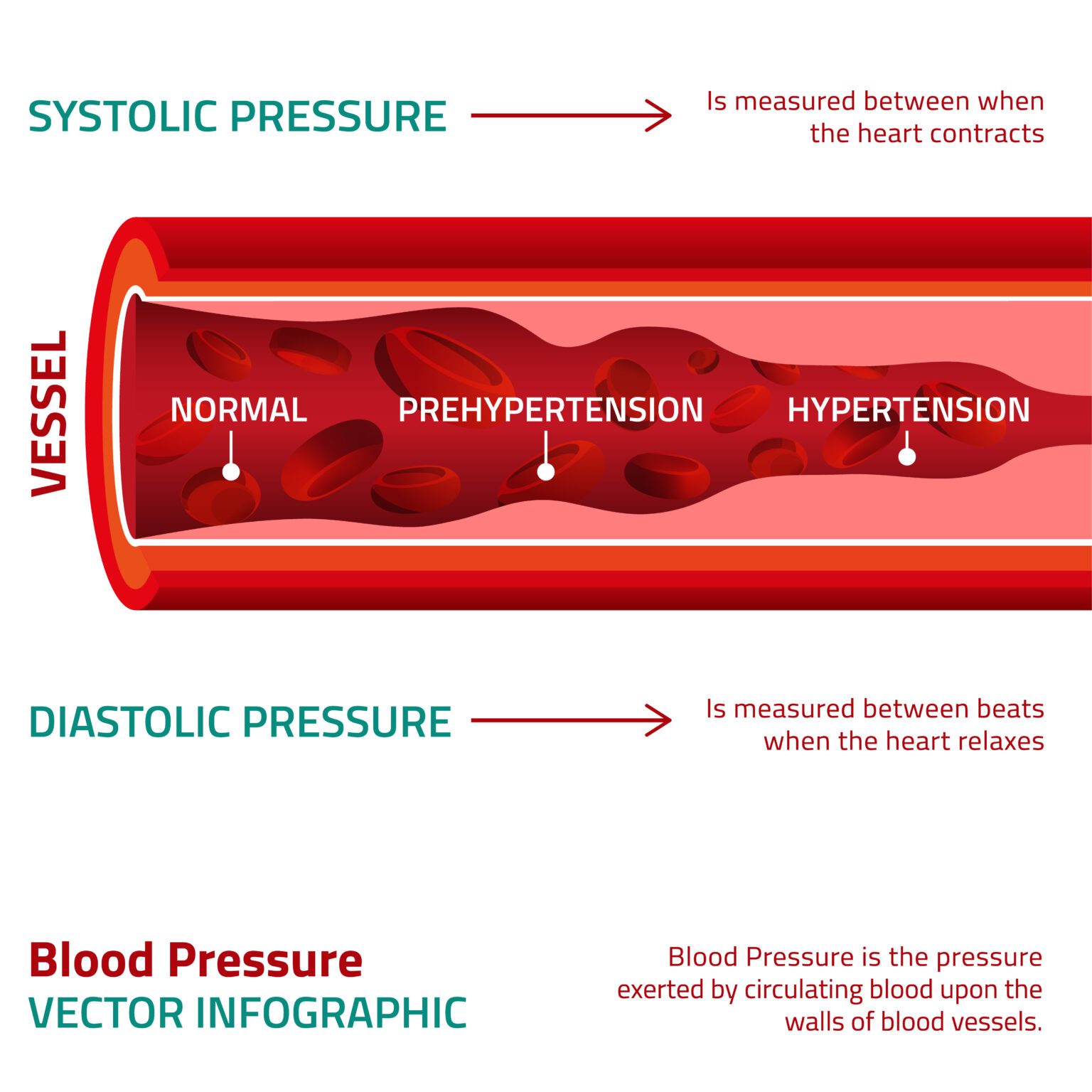
Hypertension, more commonly known as “High Blood Pressure,” is the #28 most claimed VA disability.
High Blood Pressure is a common condition in veterans whereby the long-term force of the blood against your artery walls is too high, which can cause health problems such as heart disease.
Blood pressure is determined both by the amount of blood your heart pumps and the amount of resistance to blood flow in your arteries.
The more blood your heart pumps and the narrower your arteries, the higher your blood pressure.
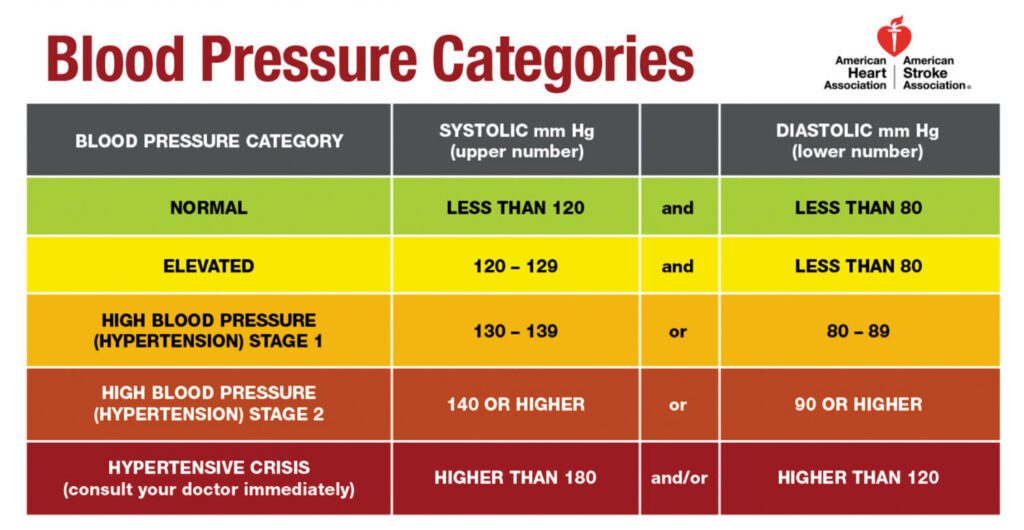
A blood pressure reading is given in millimeters of mercury (mm Hg) and has two numbers:
- Top number (systolic pressure). The first, or upper, number measures the pressure in your arteries when your heart beats.
- Bottom number (diastolic pressure). The second, or lower, number measures the pressure in your arteries between beats.
Hypertension and PTSD: Is There a Connection?
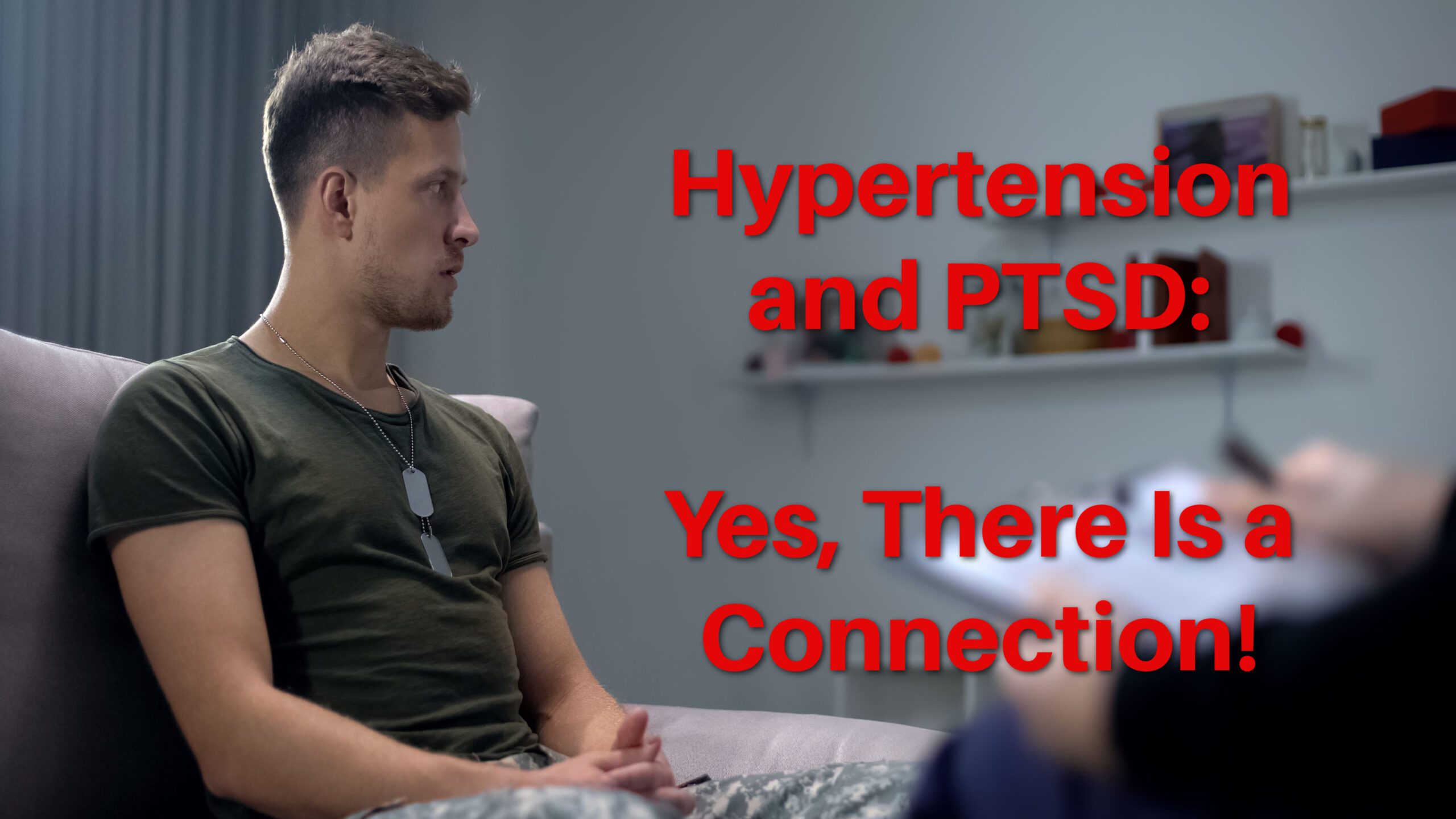
Medical research indicates a strong connection between various cardiovascular risk factors, to include cardiovascular disease (CVD) and Hypertension, and individuals with Post-Traumatic Stress Disorder (PTSD).
Depression, and other mental health symptoms, also pose a risk for CVD and/or Hypertension (high blood pressure) as comorbidities can be present.
One study stated that PTSD is a disabling condition that develops consequent to trauma exposure such as natural disasters, sexual assault, automobile accidents, and combat that independently increases risk for early incident cardiovascular disease (CVD) and cardiovascular (CV) mortality by over 50% and incident hypertension risk by over 30%.
According to the American College of Cardiology, PTSD may have long-term effects on heart health, based on a recent study that links PTSD to increased risk for high blood pressure in injured soldiers.
Published in the American Heart Association Journal Circulation, this study explored the long-term effects of stress on blood pressure in military members.
The goal was to see whether PTSD is associated with high blood pressure—a common condition that increases risk for life-threatening heart events.
The researchers discovered that soldiers with PTSD were 77–85% more likely to develop hypertension than those without the disorder.
Researchers also found that the more severe the injury, the more likely participants were to develop high blood pressure.
Can I Get VA Disability for High Blood Pressure Secondary to PTSD?
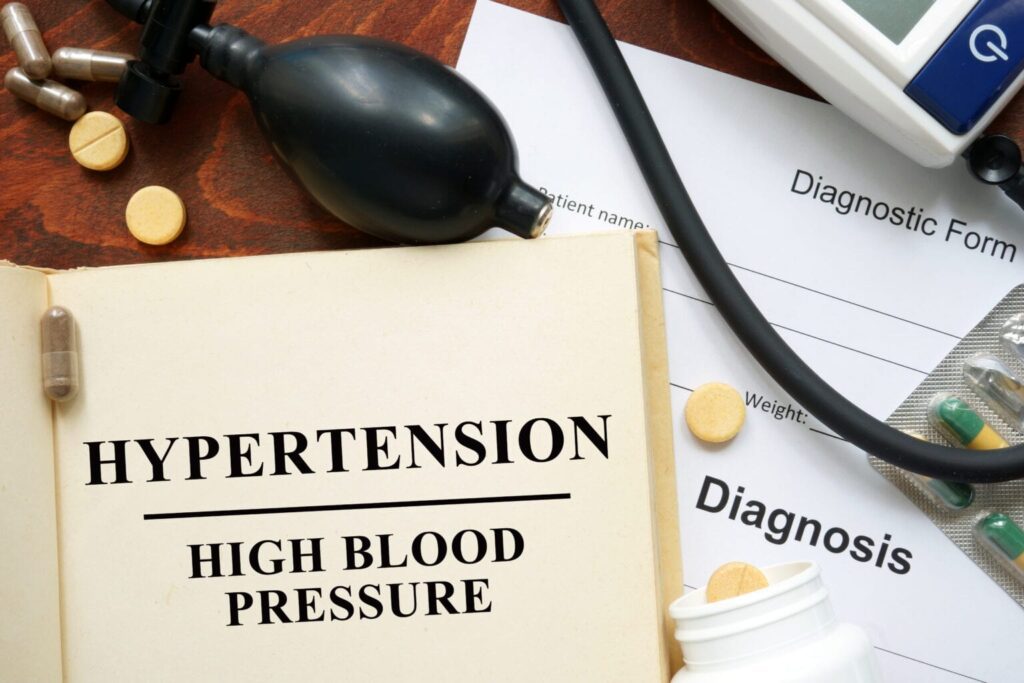
Yes, Hypertension can be service-connected secondary to PTSD.
The VA Ratings for Hypertension secondary to PTSD are 10%, 20%, 40%, or 60%, depending upon the severity of your Hypertension, and how your Hypertension symptoms affect your work, life, and social functioning.
For example, a veteran may have a 30% rating for PTSD but could possibly receive a 40% VA rating (lower or higher rating possible as well) for Hypertension secondary to PTSD.
VA Disability Ratings for Hypertension Explained:
How is Hypertension Rated by the VA?
Medical Research Study:
Post-traumatic Stress Disorder and Cardiovascular Disease
BVA Case History Example:
Hypertension Secondary to PTSD is granted
What is the VA Rating for Hypertension Secondary to PTSD?

The VA rates Hypertension under CFR Title 38, Part 4, Schedule for Rating Disabilities, DC 7101 Hypertensive Vascular Disease (hypertension and isolated systolic hypertension).
VA Disability for Hypertension secondary to PTSD can be rated at 10%, 20%, 40%, or 60% depending on the severity of your symptoms.
What are the VA ratings for High Blood Pressure secondary to PTSD?
- 60% rating for hypertension is warranted if your diastolic pressure measures 130 or higher.
- 40% rating for hypertension: If your diastolic pressure is 120 to 129.
- 20% rating for hypertension: If your diastolic pressure is 110 to 119, or your systolic pressure is 200 or higher.
- 10% VA rating for hypertension: If your diastolic pressure is 100 to 109, or your systolic pressure is 160 to 199.
VA disability for High Blood Pressure has ratings of 10 percent, 20 percent, 40 percent, or 60 percent depending on the frequency, severity, and duration of your symptoms.
The maximum scheduler rating for High Blood Pressure is 60 percent, which means your diastolic pressure is predominantly 130 or higher.
| VA Rating for High Blood Pressure Secondary to PTSD | VA Rating |
| Diastolic pressure predominantly 130 or more | 60% |
| Diastolic pressure predominantly 120 or more | 40% |
| Diastolic pressure predominantly 110 or more, or systolic pressure predominantly 200 or more | 20% |
| Diastolic pressure predominantly 100 or more, or systolic pressure predominantly 160 or more, or; minimum evaluation for an individual with a history of diastolic pressure predominantly 100 or more who requires continuous medication for control | 10% |
- Note 1: Hypertension or isolated systolic hypertension must be confirmed by readings taken two or more times on at least three different days. For purposes of this section, the term hypertension means that the diastolic blood pressure is predominantly 90mm. or greater, and isolated systolic hypertension means that the systolic blood pressure is predominantly 160mm. or greater with a diastolic blood pressure of less than 90mm.
- Note 2: Evaluate hypertension due to aortic insufficiency or hyperthyroidism, which is usually the isolated systolic type, as part of the condition causing it rather than by a separate evaluation.
- Note 3: Evaluate hypertension separately from hypertensive heart disease and other types of heart disease.
VA Hypertension Secondary to PTSD: What is a VA Secondary Condition?

In accordance with 38 CFR § 3.310 disabilities that are proximately due to or aggravated by a service-connected disease or injury shall be service connected.
VA secondary claims require a “showing of causation.”
A showing of causation requires that the secondary VA claim is “proximately due to” or “aggravated by” another service-connected disability—and you need to be able to prove it via a Nexus Letter.
There are three evidentiary elements that must be satisfied to prove VA secondary service connection under the law:
- A medical diagnosis of the secondary VA disability you’re attempting to link to the current service connected disability (must be documented in a medical record, which in this case is Hypertension) AND
- A current service-connected primary disability (e.g., your current list of service connected disabilities from your VA.gov account, which in this case is your service connected PTSD) AND
- Medical nexus evidence establishing a connection between the service-connected primary condition AND the current disability, which in this example is Hypertension secondary to PTSD
VA secondary conditions include any of the 900+ disabilities listed in CFR Title 38, Part 4, the Schedule for Rating Disabilities that can be service connected SECONDARY to a current VA disability you’re already rated for at 0% or higher.
>> Click HERE to read our list of the Top 100 VA Secondary Conditions!
The Caluza Triangle for VA Secondary Claims: What Do I Need to Prove Secondary Service Connection?
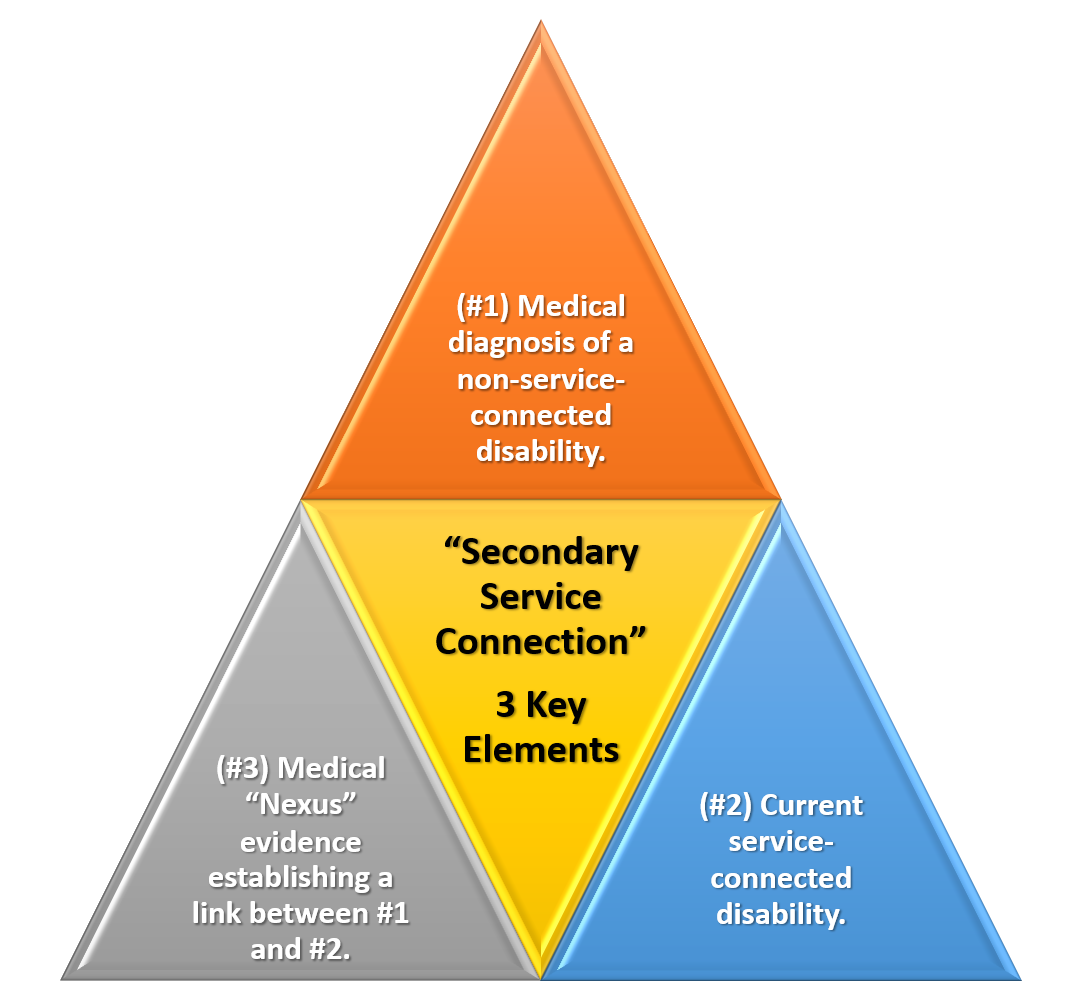
The FIRST part can be satisfied with any existing medical evidence in service treatment records, VA medical records, or any private medical records that shows a diagnosis of Hypertension (High Blood Pressure).
The SECOND part can be satisfied with a veteran’s existing service-connected disability rated at 0% or higher, which is your PTSD.
The THIRD part, and often the missing link needed to establish secondary service connection, can be satisfied with a credible Nexus Letter (Independent Medical Opinion) from a private healthcare provider that shows the connection between Hypertension and PTSD.
>> Click HERE for a list of Doctors Who Write VA Nexus Letters for Veterans!
Did you know there are HUNDREDS of common secondary VA claims that you can get service connected by law?
Here’s the fellow veterans…
You could be missing out on thousands of dollars of tax-free disability compensation you deserve by law, and not even realize that your current VA disability might be caused or aggravated by an existing service connected disability.
Pro Tip: A Nexus Letter with “high probative value” is RECOMMENDED to help establish secondary service connection. Why? Because “Medical Nexus Evidence” is needed to satisfy the third evidentiary element that must be satisfied to prove your secondary VA claim on an “at least as likely as not” basis.
Need a Nexus Letter for Hypertension Secondary to PTSD?

We’ve got your six!
Click HERE now to join VA Claims Insider Elite, our premier education-based membership program, which also gets you discounted access to independent medical providers in our referral network for medical examinations, VA disability evaluations, and credible Nexus Letters for a wide range of conditions.
We’re a company OF veterans, BY veterans, FOR veterans and we’ve helped 15,000+ veterans increase their VA rating since 2016.
Are you next?
At VA Claims Insider, we help veterans get the VA disability rating they deserve in less time, even if you’ve already filed, been denied, or gave up…
About the Author

Brian Reese
Brian Reese is a world-renowned VA disability benefits expert and the #1 bestselling author of VA Claim Secrets and You Deserve It. Motivated by his own frustration with the VA claim process, Brian founded VA Claims Insider to help disabled veterans secure their VA disability compensation faster, regardless of their past struggles with the VA. Since 2013, he has positively impacted the lives of over 10 million military, veterans, and their families.
A former active-duty Air Force officer, Brian has extensive experience leading diverse teams in challenging international environments, including a combat tour in Afghanistan in 2011 supporting Operation ENDURING FREEDOM.
Brian is a Distinguished Graduate of Management from the United States Air Force Academy and earned his MBA from Oklahoma State University’s Spears School of Business, where he was a National Honor Scholar, ranking in the top 1% of his class.



